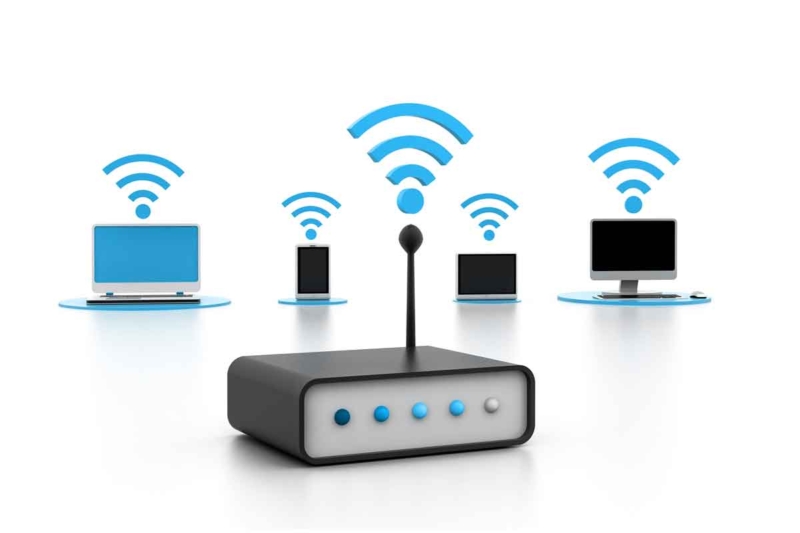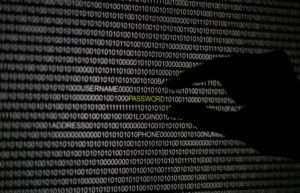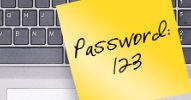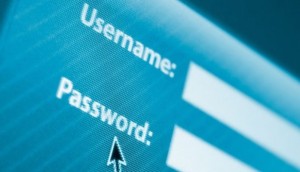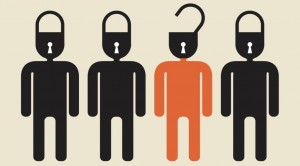
Security breaches, also known as a safety violation, occur when a person or application illegally enters a confidential IT border. This could result in the hacking of unauthorized data, services, networks and applications that are highly critical.
Breaches can also cause bankruptcy and destroy a company’s reputation, which is why most businesses hire an IT solutions company. However, not all security breaches are intentional; mistakes can trigger a security violation, as well, and without any warning.
Here are five innocent mistakes that lead to an IT security breach.
Device Theft or Loss
A lost or stolen device like a smartphone or laptop causes 3.3 percent of confirmed security breaches and 15.3 percent of overall incidents.
People who forget their devices in a public place or vehicle have higher chances of losing their gadgets because of theft. Most of these cases are opportunistic and involve a huge number of public departments.
When the thief takes advantage of the device, he can access the person’s confidential images, videos, documents and business files without IT security measures in place.
Document Errors
Document-related errors are some of the common causes of a data breach. A few examples of these include forwarding sensitive information to incorrect recipients, publishing private data to public web servers, and carelessly disposing of confidential work data.
These events usually occur internally and accidentally. When this happens, hackers can use the stolen information as blackmail or as an asset to their group. They can also access bank accounts and other documents related to finance.
Weak and Stolen Credentials
Hacking is the biggest cause of security attacks, which is primarily instigated by weak passwords and stolen credentials. Employees who have access to password-protected files and applications should take caution when unlocking these documents, especially when the company asset contains confidential information.
If you are working on a public computer, avoid clicking on the “remember password” option, so that intruders won’t have the opportunity to access private accounts if your computer gets hacked.
Additionally, you should never leave your password in an open computer file or even written on a sticky note affixed to your desktop, as this can be used by an external actor like a service person to access the organization’s intranet.
At the same time, it is important that you create a strong, non-obvious password that includes numbers, symbols, and capital and lower-case letters. One of the most effective techniques is the Bruce Schneier Method, which takes a sentence and turns it into a strong password.
There are also password-generating sites and password managers that throw out efficient and strong passwords.
Internet Spyware
Did you know that over 50% of security breaches are caused by employees misusing access privileges? Whether maliciously or unwittingly, employees who naively click pop-up browsers or install a malicious application can welcome spyware on a company’s system.
Spyware is a type of malware that enters a computer without the knowledge of the owner to collect private information about internet interaction, keylogging, passwords and valuable data. Spyware can either be on a file you downloaded online or a malicious hard drive inserted on your desktop. This can also be found in unauthorized web searches and varying computer settings.
The risk of a security breach is very high with spyware but you can prevent this by generating a virus scanner and avoiding malicious websites and illegal downloads at work. Companies should also take the first step by implementing a spy trap, which is basically a filter for all work systems.
Vulnerable Systems and Applications
Using outdated software and web browsers can cause serious security concerns. Attack methods become more advanced each year, and hackers increase the number of ways that they can violate vulnerabilities like these.
When outdated systems regularly connect to the internet, they can submit valuable information online without the user knowing it.
You can prevent security breaches by taking note of these basic pointers.
- Take care of your personal data, especially when on the road. Every time you bring your data on the go, you are opening yourself to a multitude of security risks. For example, when you access public Wi-Fi, you disseminate your information to the immediate public and to hackers who use meticulous processes to breach data. Avoid this by investing in a personal hotspot or by subscribing to your provider’s mobile data services.
- Create strong passwords. Never create a password that contains basic personal information like your surname or birthday. Hackers can easily identify this and use it in your work and personal accounts. A strong password should be a combination of characters, numbers, and symbols. Apart from this, don’t use one password for every account you own. Although it may be easy to remember, it’s also easy to hack.
- Be careful of file sharing. You share a number of important files every time you work with multiple clients. No matter how much you trust a colleague, you never know where he will use the data you shared. To prevent malicious use of relevant documents, make sure that the files you share with your clients are only for work purposes. If you share documents through a cloud, immediately delete the final ones after use.
The number of security breaches increases every year, but there are plenty ways to protect yourself and your company from this. Keeping your data secured is the most efficient way to prevent damaging security breaches.
About the Author: Vlad de Ramos has been in the IT industry for more than 22 years with focus on IT Management, Infrastructure Design and IT Security. Outside the field, he is also a professional business and life coach, a teacher and a change manager. Vlad has set his focus on IT security awareness in the Philippines and he is a certified information security professional, a certified ethical hacker and forensics investigator and a certified information systems auditor.
Editor’s Note: The opinions expressed in this guest author article are solely those of the contributor, and do not necessarily reflect those of TheDigitalAgeBlog.
